-

Tigecycline CAS:220620-09-7
Tigecycline is a broad-spectrum glycylcycline antibiotic that inhibits bacterial protein synthesis by binding to the 30S ribosomal subunit, thereby exerting bacteriostatic effects against a wide range of gram-positive and gram-negative bacteria, including multidrug-resistant pathogens. It is structurally related to tetracyclines but possesses enhanced activity against resistant strains due to its unique mechanism of action and structural modifications.
-

Sulbactam sodium salt CAS:69388-84-7
Sulbactam sodium salt is a beta-lactamase inhibitor that is commonly used in combination with certain antibiotics to combat bacterial infections. It acts by inhibiting the activity of beta-lactamase enzymes produced by bacteria, which can render antibiotics ineffective. By preventing the degradation of antibiotics such as penicillins and cephalosporins, sulbactam sodium salt helps to enhance their antibacterial properties. This compound is often utilized in conjunction with antibiotics like ampicillin to create synergistic effects against a wide range of susceptible bacterial strains.
-

Sulfadimidine CAS:57-68-1
Sulfadimidine, also known as sulfamethazine, is a sulfonamide antibiotic used in the treatment of bacterial infections. It belongs to the class of antimicrobials known as sulfa drugs, which work by inhibiting bacterial growth and replication. Sulfadimidine interferes with the synthesis of folic acid in bacteria, a crucial component for their survival, leading to bacteriostatic effects against a wide range of gram-positive and gram-negative bacteria.
-

Sulfacetamide sodium salt CAS:6209-17-2
Sulfacetamide sodium salt is a water-soluble derivative of sulfacetamide, a sulfonamide antibiotic commonly used in topical formulations for the treatment of bacterial infections of the skin and eyes. This salt form enhances the solubility and stability of sulfacetamide, making it suitable for various pharmaceutical applications. Sulfacetamide sodium salt works by inhibiting the growth of bacteria, particularly those responsible for conditions such as acne vulgaris, seborrheic dermatitis, and ocular infections like conjunctivitis. It interferes with bacterial folate synthesis, effectively targeting a broad spectrum of gram-positive and gram-negative bacteria.
-
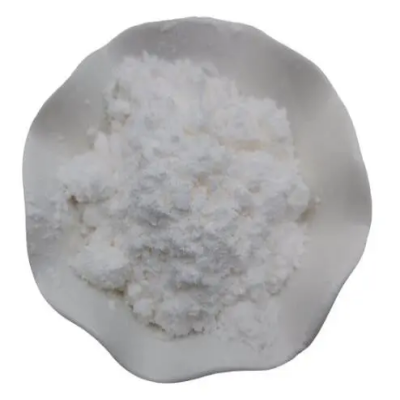
Streptomycin sulfate CAS:3810-74-0
Streptomycin sulfate is an antibiotic medication belonging to the aminoglycoside class. It is derived from the bacterium Streptomyces griseus and is commonly used to treat bacterial infections. Streptomycin sulfate works by inhibiting bacterial protein synthesis, thereby effectively killing susceptible bacteria. It is often prescribed for the treatment of tuberculosis, plague, tularemia, and certain other infections caused by susceptible bacteria. Streptomycin sulfate is typically available in injectable form and is administered either intramuscularly or intravenously under medical supervision.
-

Sulfamethoxazole sodium salt CAS:4563-84-2
Sulfamethoxazole sodium salt is a water-soluble derivative of sulfamethoxazole, a sulfonamide antibiotic used in the treatment of bacterial infections. This salt form enhances the solubility and stability of sulfamethoxazole, making it suitable for various pharmaceutical formulations. Sulfamethoxazole sodium salt exerts its bacteriostatic effects by inhibiting the synthesis of folic acid in bacteria, an essential process for their growth and replication. It is effective against a wide range of gram-positive and gram-negative bacteria.
-

Sulfamethoxazole CAS:723-46-6
Sulfamethoxazole is a sulfonamide antibiotic commonly used in combination with trimethoprim to create a potent antibacterial medication known as co-trimoxazole or trimethoprim-sulfamethoxazole (TMP-SMX). It belongs to the class of antimicrobials known as sulfa drugs, which inhibit bacterial growth by interfering with the synthesis of folic acid. Sulfamethoxazole specifically targets dihydropteroate synthase, an enzyme involved in folate production, thereby exerting bacteriostatic effects against a broad spectrum of gram-positive and gram-negative bacteria.
-
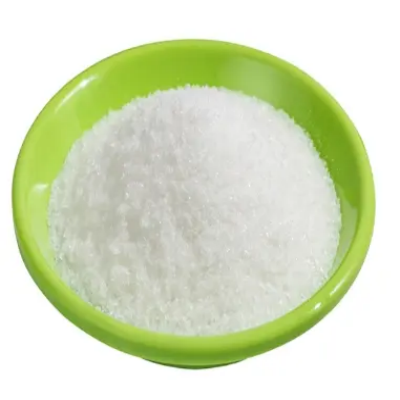
Sulfadiazine sodium salt CAS:547-32-0
Sulfadiazine sodium salt is a sodium salt derivative of sulfadiazine, a sulfonamide antibiotic widely used in the treatment of bacterial infections. This salt form enhances the solubility and stability of sulfadiazine, making it suitable for various pharmaceutical formulations. Sulfadiazine sodium salt functions by inhibiting the synthesis of folic acid in bacteria, a vital component for their growth and replication. By interfering with this process, it effectively targets a broad spectrum of gram-positive and gram-negative bacteria.
-
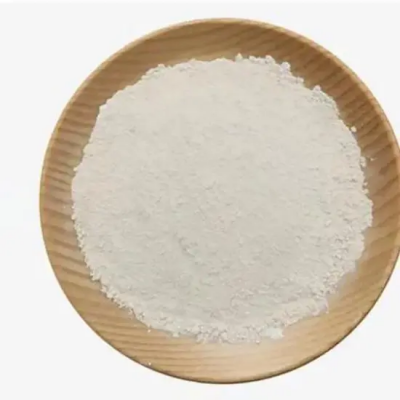
Sulbactam acid CAS:68373-14-8
Sulbactam acid is a beta-lactamase inhibitor that is often combined with certain antibiotics to enhance their effectiveness against bacterial infections. It works by inhibiting the action of beta-lactamase enzymes produced by some bacteria, which would otherwise deactivate antibiotics such as penicillins and cephalosporins. Sulbactam acid is commonly used in combination with ampicillin to create a potent antibiotic known as ampicillin-sulbactam, which has a broader spectrum of activity against resistant bacterial strains.
-

Sulfacetamide CAS:144-80-9
Sulfacetamide is a sulfonamide antibiotic that is commonly used topically to treat bacterial infections of the skin and eyes. It works by inhibiting the growth of bacteria, particularly those responsible for conditions such as acne vulgaris, seborrheic dermatitis, and ocular infections like conjunctivitis. Sulfacetamide exerts its antibacterial effects by interfering with the synthesis of folate, an essential nutrient for bacterial growth. This mechanism of action makes it effective in combating a variety of gram-positive and gram-negative bacteria, making it a versatile option for localized bacterial infections.
-
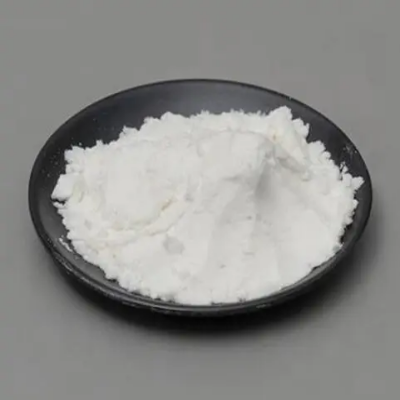
Sulfanilamide CAS:63-74-1
Sulfanilamide, a sulfonamide antibiotic, is one of the first synthetic antimicrobial agents developed for the treatment of bacterial infections. It works by inhibiting the synthesis of folic acid in bacteria, leading to bacteriostatic effects against a variety of gram-positive and gram-negative bacteria. Sulfanilamide’s mechanism of action targets dihydropteroate synthase, an enzyme crucial for folate production in bacteria, thereby disrupting their growth and replication.
-
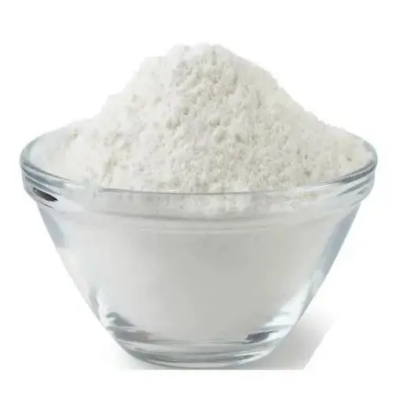
pentafluorophenol CAS:771-61-9
Pentafluorophenol is a chemical compound with the molecular formula C6F5OH. It is a potent phenol derivative with five fluorine atoms attached to a phenolic ring, widely used in organic synthesis and as a versatile building block in various chemical reactions.

